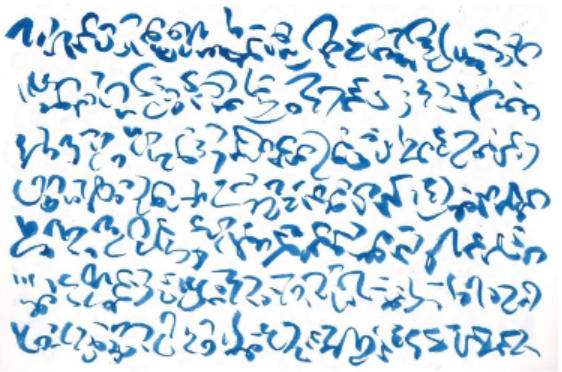Module 5: Equations and Identities (Chapter 5)
Section outline
-
 When we think of tennis as a game of angles, we may imagine players racing up to the net, creating options to deliver powerful cross shots that will leave their opponent stumbling toward the line.
When we think of tennis as a game of angles, we may imagine players racing up to the net, creating options to deliver powerful cross shots that will leave their opponent stumbling toward the line. This is an exciting and effective method of play, though it brings greater risk. But while the excitement of the game interplays with all types of geometry, some of the newest innovations make even more use of mathematics.
With balls traveling well over 100 miles per hour judges cannot always discern the centimeter or millimeters of difference between a ball that is in or out of bounds. Professional tennis was among the first sports to rely on an advanced tracking system called Hawk-Eye to help make close calls. The system uses several high-resolution cameras that are able to monitor and the ball's movement and its position on the court. Using the images from several cameras at once, the system's computers use trigonometric calculations to triangulate the ball's exact position and, essentially, turn a series of two-dimensional images into a three-dimensional one. Also, since the ball travels faster than the cameras' frame rate, the system also must make predictions to show where a ball is at all times. These technologies generally provide a more accurate game that builds more confidence and fairness. Similar technologies are used for baseball, and automated strike-calling is under discussion.
Image Caption: None.
(Content Source: Chapter 9 Introduction, Algebra and Trigonometry 2e, Jay Abramson, OpenStax, CC BY 4.0 License)
(Image Source: Chapter 5 Introduction, Trigonometry, Katherine Yoshiwara, GNU Free Documentation License)
Upon completion of this module, you will be able to:5.1 Algebra with Trigonometric Ratios-
Evaluate trigonometric expressions
-
Simplify trigonometric expressions
-
Recognize equivalent expressions
-
Multiply or expand trigonometric expressions
-
Factor trigonometric expressions
5.2 Solving Equations-
Use reference angles
-
Solve equations by trial and error
-
Use graphs to solve equations
-
Solve trigonometric equations for exact values
-
Use a calculator to solve trigonometric equations
-
Solve trigonometric equations that involve factoring
5.3 Trigonometric Identities-
Recognize identities
-
Verify identities
-
Rewrite expressions using identities
-
Use identities to evaluate expressions
-
Solve trigonometric equations
-
Given one trig ratio, find the others
To achieve these objectives:- Read the Module 5 Introduction (see above).
- Read Sections 5.1-5.3 of Chapter 5: Equations and Identities in Trigonometry (links to each Section provided below)
- Note: The Algebra Refresher at the top of each Section might be beneficial before you begin
- At the end of each Section there is a list of Vocabulary, Concepts, Study Questions, and a Self-Check H5P activity
- Complete the MyOpenMath Homework Assignments for each Section (links provided below) - These are graded!
- View the Chapter 5 Summary and Review (link provided below)
- Practice the problems on the Exercises Sections, checking the solutions provided (links to each Section provided below)
- View the Exercises: Chapter 5 Review Problems (link provided below)
- Complete the MyOpenMath Quiz for Chapter 5 (link provided below) - This is graded!
- Once you complete the Quiz, upload your work in the Quiz Work Upload Assignment using the submission link below.
- Post in the Chapter 5 Q&A Discussion Forum - link provided below.
Note the check boxes to the right that help you track your progress: some are automatic, and some are manual.
Module Pressbooks Resources and Activities
You will find the following resources and activities in this module at the Pressbooks website. Click on the links below to access or complete each item.
-
Background Colour
Font Face
Font Kerning
Font Size
Image Visibility
Letter Spacing
Line Height
Link Highlight
Text Colour
